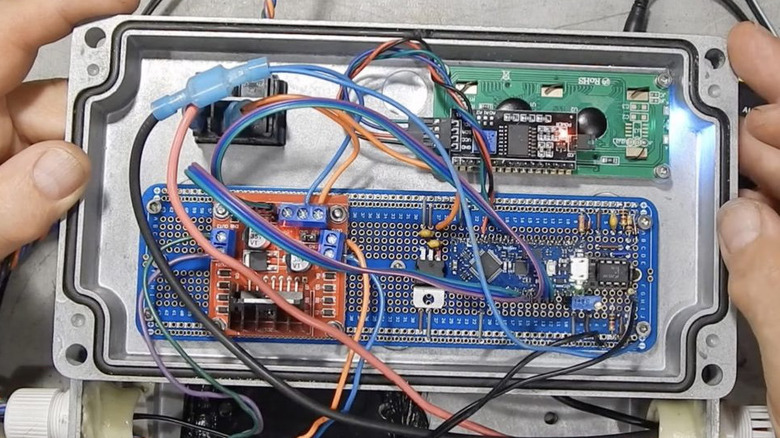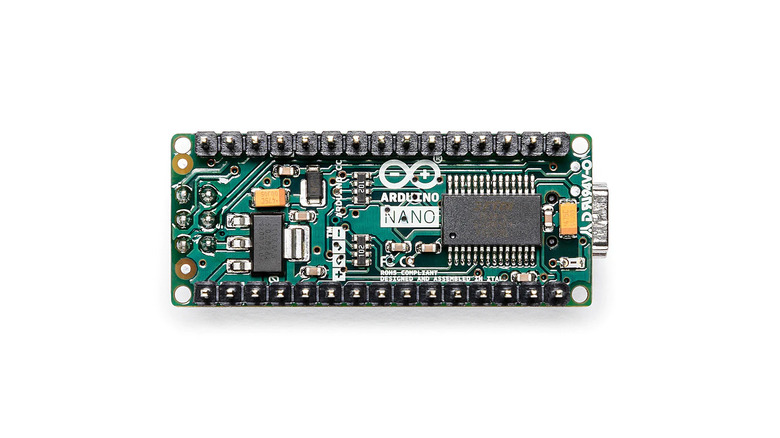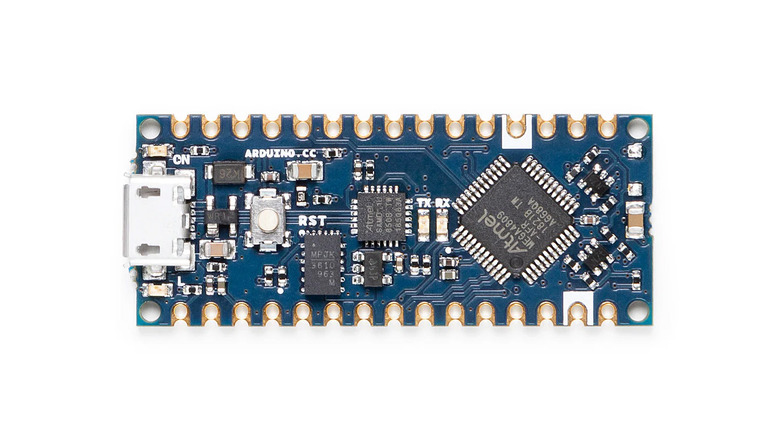Arduino Nano Every Explained: What's It For?
Arduino is a good platform if you want to start working with electronics. The platform, specifically the Arduino Nano family, is a set of small form-factor boards that act as microcontrollers, meaning it can be programmed to control electronic components like motors, lights, and sensors. You can use the Arduino platform to create a drone, automate your garbage can, and incorporate it into many other cool Arduino projects.
The Nano Every is an improvement over the regular Nano, and Arduino is pushing new buyers toward it with improved specs and a lower price. The Every shares the same size as the original, but it cuts its weight to five grams, down from seven. If you're starting a hardware project now, and need something compact and light, this is your best bet.
The improvements might not be immediately clear to Arduino newcomers, but the faster clock speed and new processor give you more versatility than with the regular Nano. There's no need to rush out and grab a replacement for your existing board if it still works, but if you're starting a new project, there doesn't seem to be any reason to stick with the older version of the Nano.
How does Nano Every compare to the regular Nano?
The Every is an evolution of its predecessor, and it comes equipped with the more powerful ATMega4809 processor – replacing the ATmega328 powering the Nano. The ATMega4809 features a higher clock speed of 20 MHz compared to 16 MHz for the previous model. Simply put, the Every takes what the original board does but does it better.
If you're worried about having to rewire a motor in order to upgrade to the Every, there's no need to be concerned. The Nano Every is a pin-equivalent substitute, so previous code and wiring will still work. Arduino has also swapped out the Nano's mini-USB connector in favor of micro-USB. While USB-C is rapidly becoming the standard for devices — even Apple finally adopted USB-C for chargers — you might have micro-USB cables lying around the home from old phone chargers you can use.
What can the Nano Every do?
The Nano Every can be used in any project the Nano is used in, but there are places you'll benefit from the extra features it comes with. Looking at weight alone, remote control cars or wearable devices like glasses benefit from lower weight. This example of a Bluetooth-controlled car created with an Arduino UNO, a 25-gram board, can be dropped to seven grams with a Nano and even lower to five with a Nano Every in its place.
The beefier processor allows you to tackle more demanding tasks. Projects your regular Nano board powered will benefit from the increased specs. On top of increased power, there's also more memory included with the Every. The Nano Every processor has more program memory than the Nano — 48 kB compared to 32 kB. Similar jumps are seen in SRAM with the Every going up to 6 kB versus 2 kB from the older model. This bump will result in a speedier experience overall.
How much is the Nano Every?
If the improvements have you yearning to upgrade, you can purchase the board for $13.70 from the Arduino store, compared to $24.90 for a regular Nano. The price is lower than that of the regular Nano because of a revised manufacturing process, so there's no reason not to pull the trigger. If you have multiple projects, you can pick up a pack of three Nano Every boards for $39.05. For even better value, a six-pack is available for $78.09.
All Arduino boards are covered under a warranty. If you purchase one outside the EU, it's covered for a year from the date of sale, and within the EU, it has two years of coverage. The warranty doesn't cover any damage caused by neglect or misuse. One way to avoid damaging it and voiding the warranty is by working with Arduino-appropriate tools.


